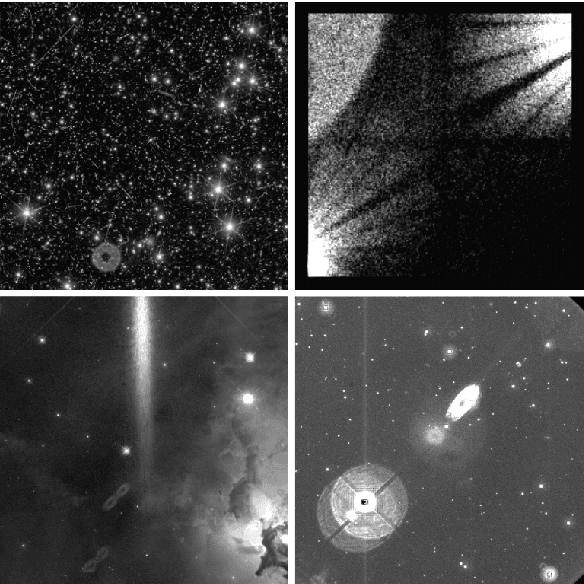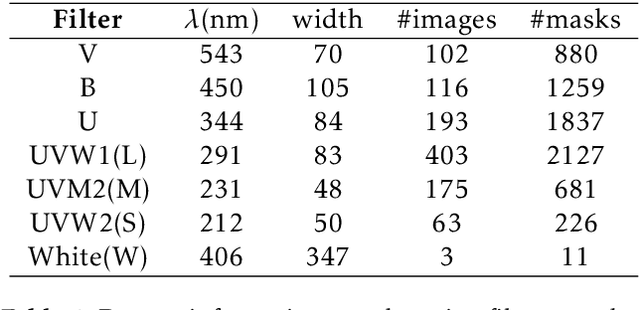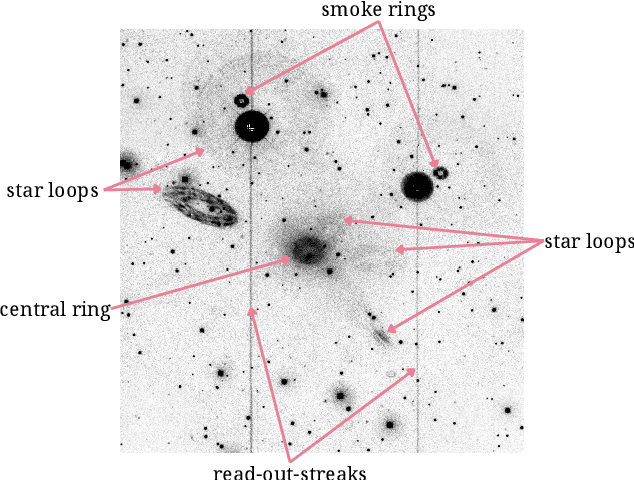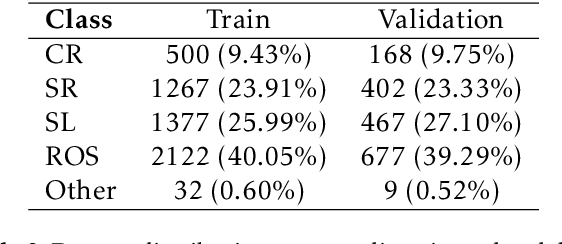Călin-Adrian Popa
XAMI -- A Benchmark Dataset for Artefact Detection in XMM-Newton Optical Images
Jun 25, 2024



Abstract:Reflected or scattered light produce artefacts in astronomical observations that can negatively impact the scientific study. Hence, automated detection of these artefacts is highly beneficial, especially with the increasing amounts of data gathered. Machine learning methods are well-suited to this problem, but currently there is a lack of annotated data to train such approaches to detect artefacts in astronomical observations. In this work, we present a dataset of images from the XMM-Newton space telescope Optical Monitoring camera showing different types of artefacts. We hand-annotated a sample of 1000 images with artefacts which we use to train automated ML methods. We further demonstrate techniques tailored for accurate detection and masking of artefacts using instance segmentation. We adopt a hybrid approach, combining knowledge from both convolutional neural networks (CNNs) and transformer-based models and use their advantages in segmentation. The presented method and dataset will advance artefact detection in astronomical observations by providing a reproducible baseline. All code and data are made available (https://github.com/ESA-Datalabs/XAMI-model and https://github.com/ESA-Datalabs/XAMI-dataset).
MambaDepth: Enhancing Long-range Dependency for Self-Supervised Fine-Structured Monocular Depth Estimation
Jun 06, 2024Abstract:In the field of self-supervised depth estimation, Convolutional Neural Networks (CNNs) and Transformers have traditionally been dominant. However, both architectures struggle with efficiently handling long-range dependencies due to their local focus or computational demands. To overcome this limitation, we present MambaDepth, a versatile network tailored for self-supervised depth estimation. Drawing inspiration from the strengths of the Mamba architecture, renowned for its adept handling of lengthy sequences and its ability to capture global context efficiently through a State Space Model (SSM), we introduce MambaDepth. This innovative architecture combines the U-Net's effectiveness in self-supervised depth estimation with the advanced capabilities of Mamba. MambaDepth is structured around a purely Mamba-based encoder-decoder framework, incorporating skip connections to maintain spatial information at various levels of the network. This configuration promotes an extensive feature learning process, enabling the capture of fine details and broader contexts within depth maps. Furthermore, we have developed a novel integration technique within the Mamba blocks to facilitate uninterrupted connectivity and information flow between the encoder and decoder components, thereby improving depth accuracy. Comprehensive testing across the established KITTI dataset demonstrates MambaDepth's superiority over leading CNN and Transformer-based models in self-supervised depth estimation task, allowing it to achieve state-of-the-art performance. Moreover, MambaDepth proves its superior generalization capacities on other datasets such as Make3D and Cityscapes. MambaDepth's performance heralds a new era in effective long-range dependency modeling for self-supervised depth estimation.
 Add to Chrome
Add to Chrome Add to Firefox
Add to Firefox Add to Edge
Add to Edge